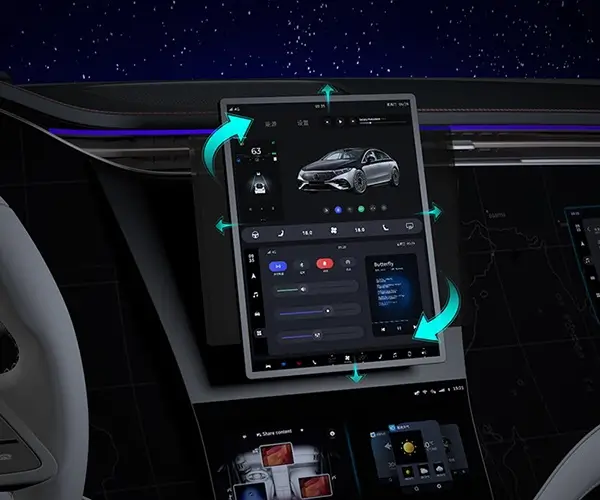Certainly! Here is the first part of the soft article based on the theme "dc geared motors product catalogue," followed by the second part in a subsequent message.

Unlocking Power and Precision: An In-Depth Look at the DC Geared Motors Product Catalogue
In the fast-evolving landscape of industrial automation, robotics, and precision engineering, the role of reliable, efficient motors is more significant than ever. Among the myriad options available, DC geared motors stand out for their exceptional combination of power, control, and adaptability. Their presence in countless applications—from conveyor systems and medical devices to renewable energy solutions and home automation—testifies to their versatility and importance.
The DC geared motor, in essence, is a compact motor paired with a gear train that reduces speed while increasing torque. This combination allows for precise control of motion, making these motors ideal for tasks requiring delicate handling or significant force within a small form factor. As you delve into the "dc geared motors product catalogue," you'll find a rich variety of models tailored for specific needs, distinguished by their gear types, power ratings, voltage ranges, and performance features.
Why Choose DC Geared Motors?
One of the key advantages of DC geared motors lies in their ability to deliver high torque at low speeds with excellent controllability, all while operating efficiently. The gear reduction system, typically consisting of spur, helical, planetary, or worm gears, plays a vital role in customizing the motor's output to suit diverse applications. The selection of gear type influences factors such as load capacity, noise levels, and spatial footprint, enabling engineers to optimize designs precisely.
For example, planetary gearboxes—known for their high efficiency, compact size, and durability—are often preferred in robotics where space savings are critical. Conversely, worm gears provide high torque and self-locking capabilities, suitable for applications like conveyor stops or robotic clamps.
Furthermore, DC geared motors can be optimized for various operational voltages, typically ranging from 6V to 48V for small to medium applications, and even higher for heavy-duty setups. Their modular nature allows easy integration with controllers, sensors, and other automation components, fostering seamless system development.
Exploring the Product Catalogue: Features and Specifications
Diving into the product catalogue reveals a vast array of models, each designed to tackle specific challenges:
Gear Ratios: Ranging from modest 5:1 to high 3000:1, gear ratios determine the motor’s output speed and torque. Selecting the right ratio depends on the application's demands for speed versus power. Voltage and Power Ratings: The catalogue showcases motors operating on a spectrum of voltages, supporting both low-voltage precision applications and higher-power industrial tasks. Build Materials: Components often feature durable metals like aluminum or brass gear trains, with high-quality bearings to ensure longevity and smooth operation. Additional Features: Some models integrate feedback systems such as encoders for precise positional control, while others emphasize waterproof or dustproof configurations for harsh environments.
Key Industries and Applications
The appeal of DC geared motors is reflected in their ubiquity across sectors:
Industrial Automation: They power conveyor belts, robotic arms, and sorting systems, where precise and reliable motion control is vital. Medical Devices: Their gentle, controlled movements make them ideal for laboratory automation, dental equipment, and mobility aids. Renewable Energy: Solar trackers and wind turbine mechanisms benefit from the high torque and durability of geared motors. Agricultural Machinery: Automated irrigation and seed planting systems depend on resilient DC geared motors for seamless operation.
Choosing the Right DC Geared Motor
Selection begins by clarifying application requirements:
Torque Needs: Calculate the load requirements to determine the necessary torque output. Speed Range: Establish the desired operational speeds, considering gear ratio implications. Environmental Conditions: Factor in operating environment—humidity, dust, temperature—when choosing motor and gear types. Control Precision: If precise position or velocity control is needed, look for models with integrated encoders or feedback mechanisms.
In the product catalogue, detailed datasheets accompany each model, making decision-making more straightforward. These datasheets provide insight into electrical characteristics, mechanical dimensions, efficiency ratings, and operational limits.
Leveraging innovations in modular drive technology, Kpower integrates high-performance motors, precision reducers, and multi-protocol control systems to provide efficient and customized smart drive system solutions.




































